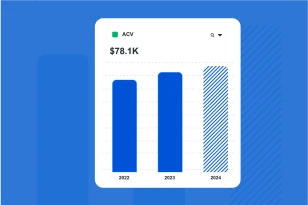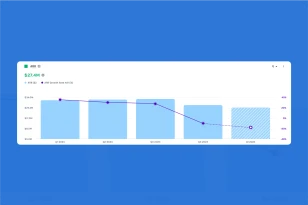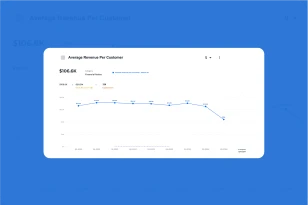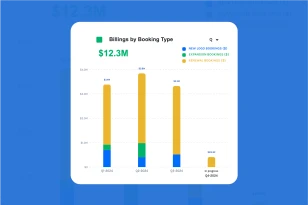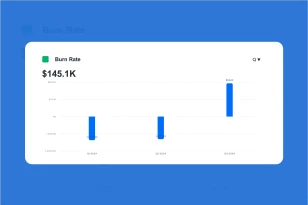What is Monthly Recurring Revenue (MRR)?
Monthly Recurring Revenue (MRR) is a key financial metric used in subscription-based business models, particularly in Software as a Service (SaaS) and other industries with recurring revenue streams. MRR represents the predictable and recurring revenue generated from subscription-based services on a monthly basis. It provides insight into the stability and growth of a company’s subscription business.
Why is it Important to Measure Monthly Recurring Revenue (MRR)?
Measuring Monthly Recurring Revenue is important for several reasons:
- Revenue Predictability: MRR provides a predictable and stable view of a company’s revenue, making it easier for businesses to forecast and plan their financial strategies.
- Performance Tracking: Monitoring MRR allows businesses to track the performance of their subscription-based services over time. It provides a clear picture of revenue trends, growth, and customer retention.
- Business Valuation: MRR is a critical factor in determining the valuation of subscription-based businesses. Investors and stakeholders often use MRR as a key indicator of the company’s financial health.
- Customer Retention: MRR is closely tied to customer retention. A high MRR indicates that existing customers are continuing to subscribe to the service, contributing to the overall stability of revenue.
How Do you Calculate Monthly Recurring Revenue (MRR)?
The formula for calculating Monthly Recurring Revenue is straightforward. It involves summing up the recurring revenue generated from all active subscriptions during a specific month.
For example, if a SaaS company has three subscription plans with monthly fees of $100, $200, and $300, and they have 500, 300, and 200 customers, respectively, the MRR would be $150,000
It’s important to note that MRR only includes revenue from recurring subscriptions and excludes one-time fees or additional services.
PLEASE NOTE
Despite the formula being straightforward, MRR can be a difficult metric to automate the calculation of due to various subscription and renewal scenarios. Check out our blogs related to ARR / MRR for more detail into why these metrics can be tricky.
How To Improve Monthly Recurring Revenue (MRR)?
Improving Monthly Recurring Revenue involves strategies to increase the overall recurring revenue generated from subscriptions. Here are key approaches:
- Pricing Optimization: Evaluate and optimize pricing strategies to ensure that subscription plans are aligned with the perceived value. Consider introducing tiered pricing or value-based pricing to maximize MRR.
- Upselling and Cross-Selling: Implement upselling and cross-selling strategies to encourage existing customers to upgrade their plans or purchase additional services. Identifying opportunities for upselling can significantly impact MRR.
- New Feature Introductions: Regularly introduce new features or improvements to existing subscription plans. Offering enhanced value encourages customers to maintain their subscriptions and can attract new subscribers.
- Bundle Offerings: Create bundled offerings that provide additional value and encourage customers to choose higher-tier plans. Bundling can increase the overall MRR by offering a more comprehensive solution.
- Annual Subscriptions: Encourage customers to commit to annual subscriptions rather than monthly ones. Offering incentives such as discounts for annual commitments can contribute to increased MRR.
- Customer Retention Programs: Implement customer retention programs to reduce churn and ensure customers stay subscribed over the long term. Retained customers contribute to sustained MRR.
- Trial-to-Paid Conversion: Optimize the conversion process for free trials to paid subscriptions. Streamlining the onboarding process and providing value during the trial period can increase conversion rates and MRR.
By implementing these strategies, businesses can work towards improving their Monthly Recurring Revenue, leading to increased stability and growth in the subscription-based business model. Regular monitoring, analysis, and adaptation based on performance data contribute to sustained improvements over time.

